“Muscularly handsome.” That was Nik Berg’s description of the new 823bhp Aston Martin Vanquish. The upcoming version of Aston’s tarmac ripper, which we’ll be driving this autumn, is going to be like a time machine taking me back to a remote Scottish road in the summer of 2001.
“Just going to stop here,” I said to my passenger as we slowed on a deserted undulating road across a peat marsh and I prepared to do a standing start. The new Vanquish, already delayed by a year, was one of the most awaited supercars of its generation, and with a Cosworth V12 engine in primped-and-pricked specification pushing the power up to 460bhp and 400lbft of torque, it was also one of the most powerful Astons ever built.

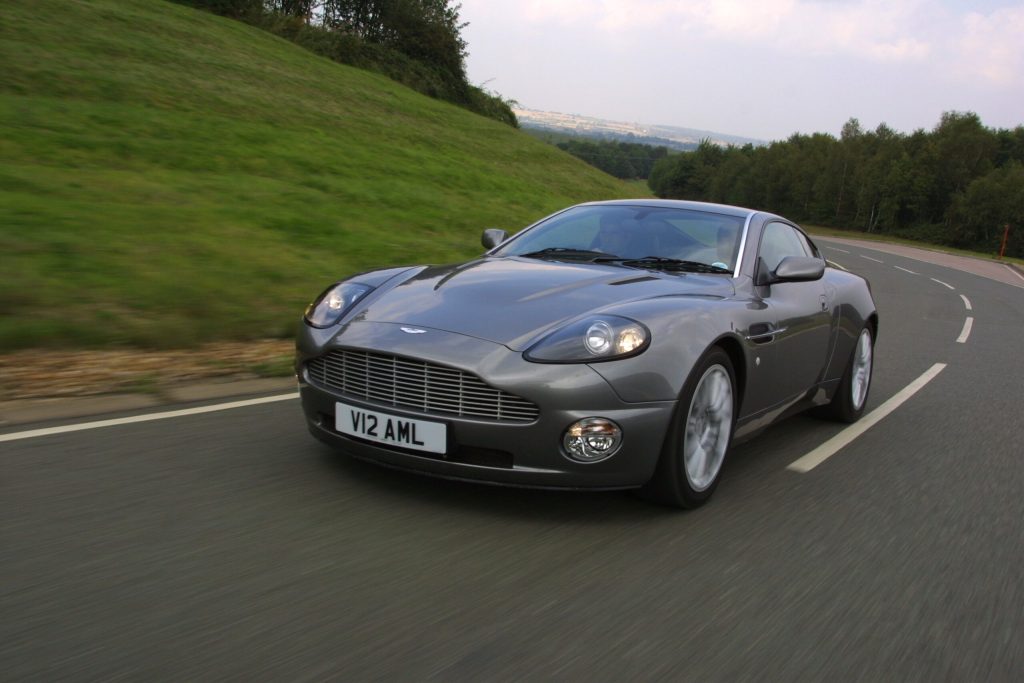
Over a decade before those Skyfall publicity shots of Daniel Craig and his DB5 on the Three Sisters road in Glencoe, this felt a suitably Bond-like backdrop for the brutish new Aston.
“I’d sat down with Bob [Dover, Aston Martin CEO] and we talked about design while leafing through a catalogue of previous models,” said Ian Callum, then the head of design. “We got to the DB cars and I started to explain the balance of proportion and then he turned the page and saw the DB4 GT Zagato and we never got any further.”
That’s what the boss of Aston wanted, and that’s what Callum strived to deliver. Even standing still, the Vanquish looked fast and brutal, dripping testosterone and clearly derived from the DB4 GT Zagato as well as the DB7. Its hybrid aluminium and carbon fibre construction was as advanced as anything at the time, arguably more advanced (and more expensive) than the VH structure which succeeded it and vastly different from the heavy metal which had previously been hammered out at Newport Pagnell.
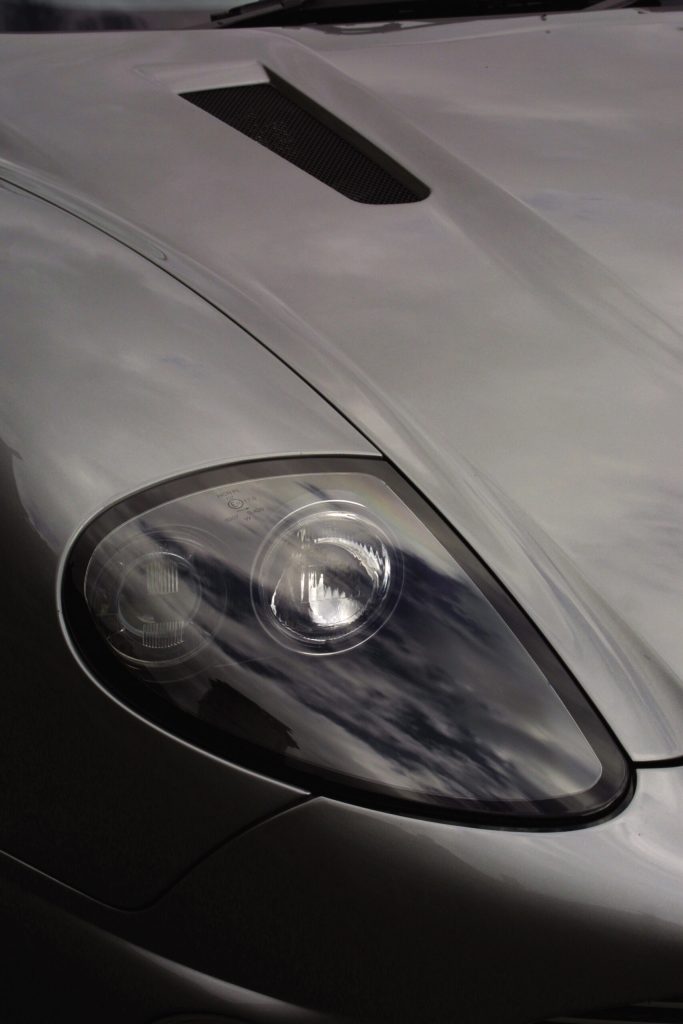

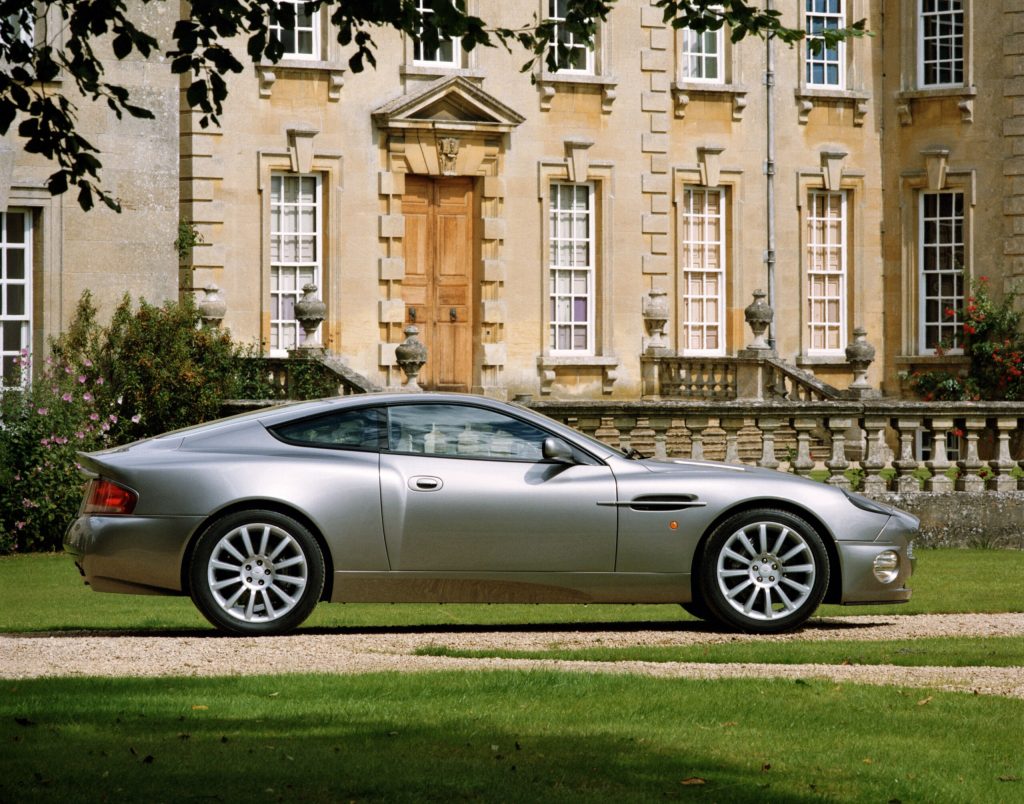
But all was not well at The Aston when this car was being readied, and it wasn’t all about the dashboard vents, as the story was spun.
Aston Martin was building just five cars a week in September 1987 when Ford purchased 75 per cent of the stock for £20 million from the Livanos family. With former Ford director Walter Hayes at the helm, it was the Ford-funded, Ian Callum–designed 1993 Bloxham-built DB7 that saved the company and became the best-selling and “most important-ever Aston Martin” – though to be fair, Aston has a habit of bestowing that title on just about every car it launches.
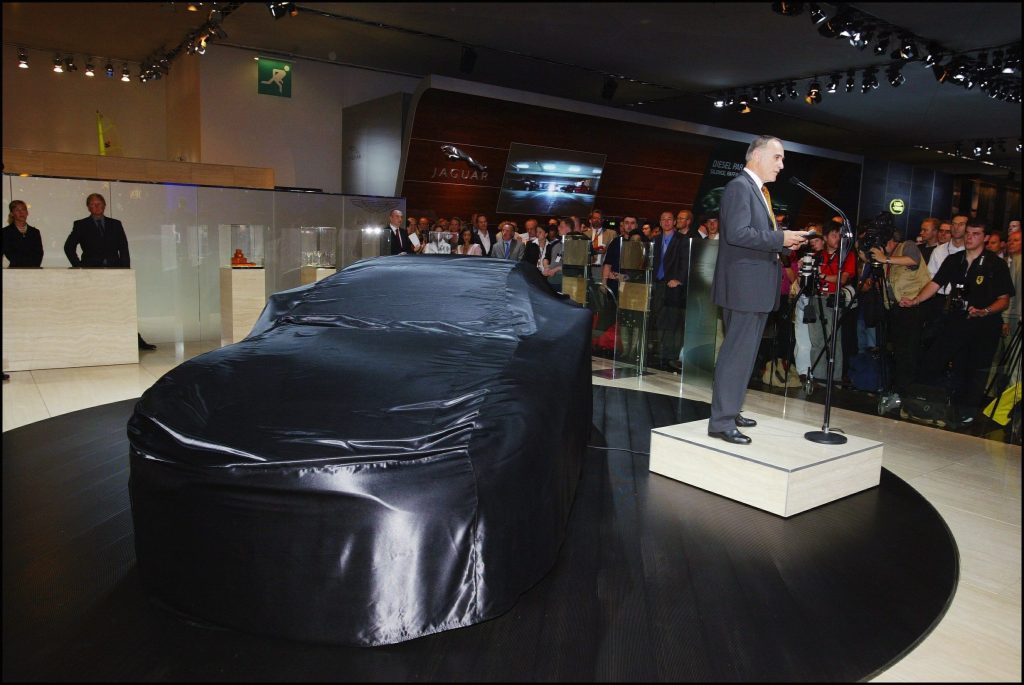
Uli Bez was and still is a mercurial German engineer and businessman. The former head of research and development at Porsche, “father” of the 993-generation 911 model, as well as the former head of BMW Technik, he then moved to be engineering vice president of Daewoo. By 2001, Aston Martin had made fewer than 16,000 cars in its 86 years, whereas Ford produced more Focus models in 10 days. Many senior Ford managers were completely unaware of Aston Martin, or knew they owned it as part of the company’s $17 billion Premier Automotive Group (PAG) comprising, at its height: Lincoln, Mercury, Aston Martin, Jaguar, Land Rover, and Volvo.
The entire PAG group was controlled from some ritzy London offices by the egregious and nattily dressed former BMW boss Wolfgang Reitzle, who had been partly responsible for running Rover when it was owned by BMW. He replaced Bob Dover at the top of Aston Martin with Bez who had been in an advisory role up to then.
As Ford realised just what a collection of old sheds and talented panel beaters and engineers it had purchased for its 20 mil, Bez was appointed chairman and chief executive.
“He came in like an iron fist saying: ‘No more!'” said the late and much-lamented Tim Watson, who had recently joined the company from Ferrari as communications director. “There was screaming and kicking, but he was right. If the company was to survive this was the way we would have to behave: professionally, working together, and no more in-fighting.
“The key to us moving forward was Bez going to Dearborn,” he said. “I don’t think they quite ‘got’ him at Ford. They thought, ‘we’ve got this complete mad man in charge’. I never went with him to those meetings – he always went by himself – but despite his bonkers approach, he was getting results which gave them [Ford management] more confidence, so they were prepared to give more – thinking, ‘this crazy German engineer is getting results, let’s give him another chance’.”
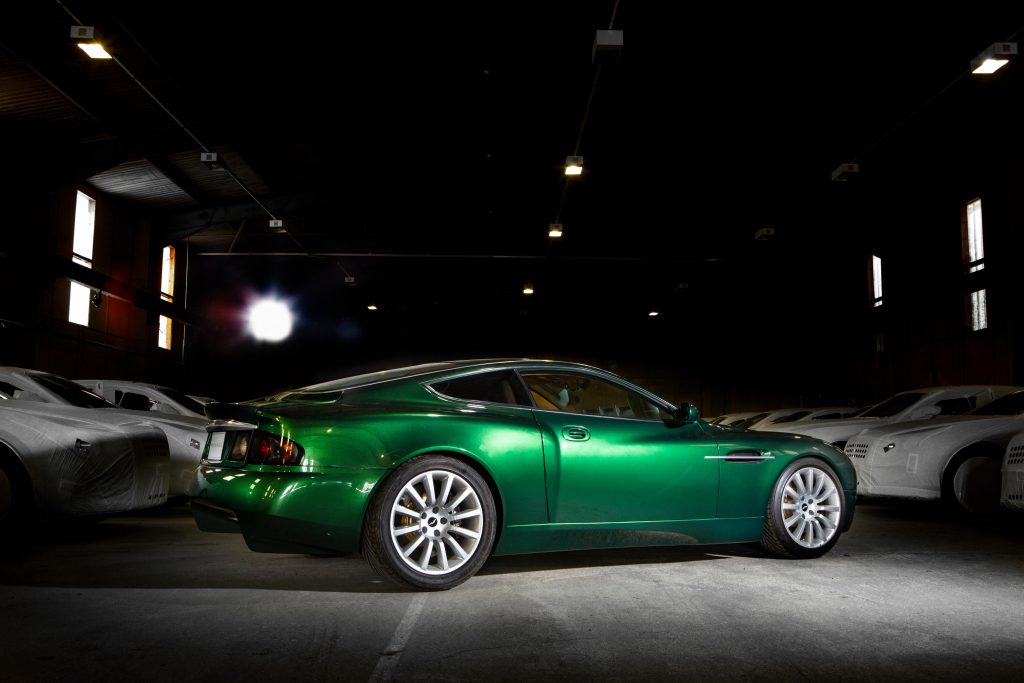
The press had been first acquainted with the Vanquish’s striking looks at the 1998 Detroit auto show. It’s only UK appearances that year were at the Hurlingham Club and the AMOC race at Donington in October, although it was subsequently displayed for some years in the Works Service showroom. The concept car was sold in May 2016 for £87,740 at the Bonhams Aston Martin auction at Newport Pagnell. Two years later, the press was invited up to Newport Pagnell and sworn to secrecy before being shown the proposed production version.
It was this “softly softly catchee monkey” approach that kept the pot boiling, along with a leaked story that Bez didn’t like the Ford Ka dashboard vents and so refused to display the car at the 2000 Birmingham motor show – which put the launch back by six months.

But that wasn’t the whole story, as he revealed later.
“What no one wanted to hear at the time is that Vanquish was crap,” Bez explained to me at the launch of the second-generation of the Vanquish in 2012. “I changed 200 things, and even then, it burned through gearboxes . . .”
And while it’s true, he didn’t like the air vents, (they were swapped for Volvo items), what he didn’t like most of all was the mend-and-make-do attitude at Aston that had been the norm.
Watson reckoned the development engineers had resigned themselves to a manual gearbox, but Bez wanted a semi-auto.
“There was a ton of things wrong with it,” Watson said, “but the delay was primarily driven by the problem that Bez brought in a new way of thinking about how we did things and about standing up to Ford and saying, ‘We need to do this properly and we need the money to do it properly.’ He inherited Vanquish from guys who were super talented but very nervous about asking for more money from Ford. Bez simply waded in and said, ‘No.’ He cancelled the launch and told everyone they were going to do it his way.”
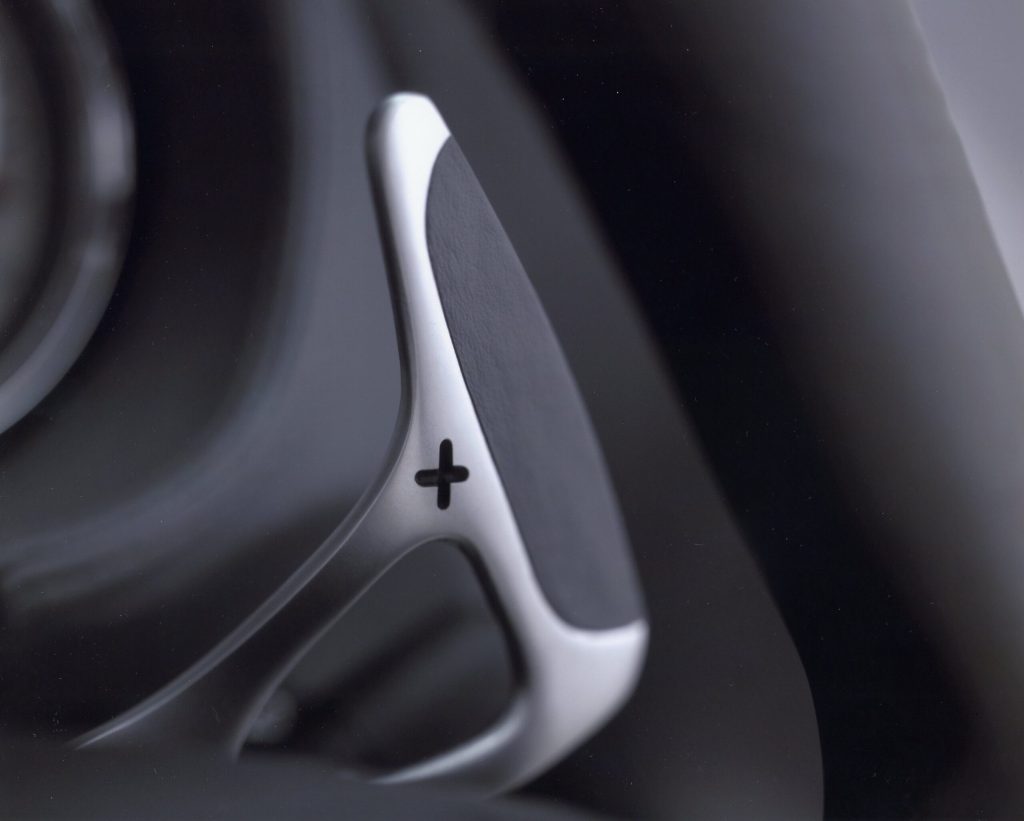
Eventually Watson was given the green light to kick-start Aston’s launch machine into action, and the Vanquish finally appeared in “production form” at the Geneva show in March 2001. Various testing stories were then “placed” with car magazines, there were technical appraisals, spiffy dinners with potential owners, and a star spot in London’s Design Museum. And by the time of the launch in mid-summer, there were 500 fully paid orders, a two-year waiting list, and another year’s worth of people waiting to get on the waiting list. No pressure there, then.
The performance was mouthwatering, with the six-litre V12 from the Vantage given a lighter crankshaft and valve gear. Top speed was claimed at 190mph, 0–60mph in 4.4 seconds, and fuel economy was around 11mpg with CO2 emissions of 396g/km. While Aston engineers seriously doubted Magnetti Marelli’s ability to build a suitable semi-automatic, Bez ploughed on regardless. After all, this robotised manual gearbox was the same unit fitted to the Ferrari 360 Modena; what could possibly go wrong?
We flew to Scotland and the launch, grinning at Bez’s comedy pronunciation of the car’s name. I taught him how to play croquet in the dusk at the hotel. He was surprisingly good, but still had to buy gin and tonics as a losing forfeit.
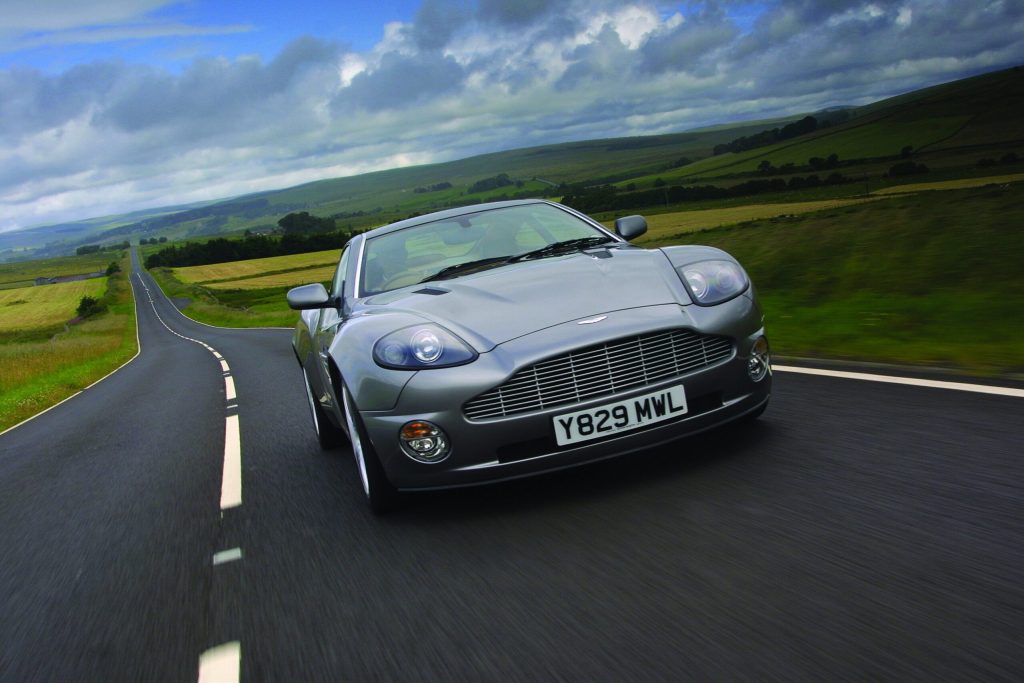
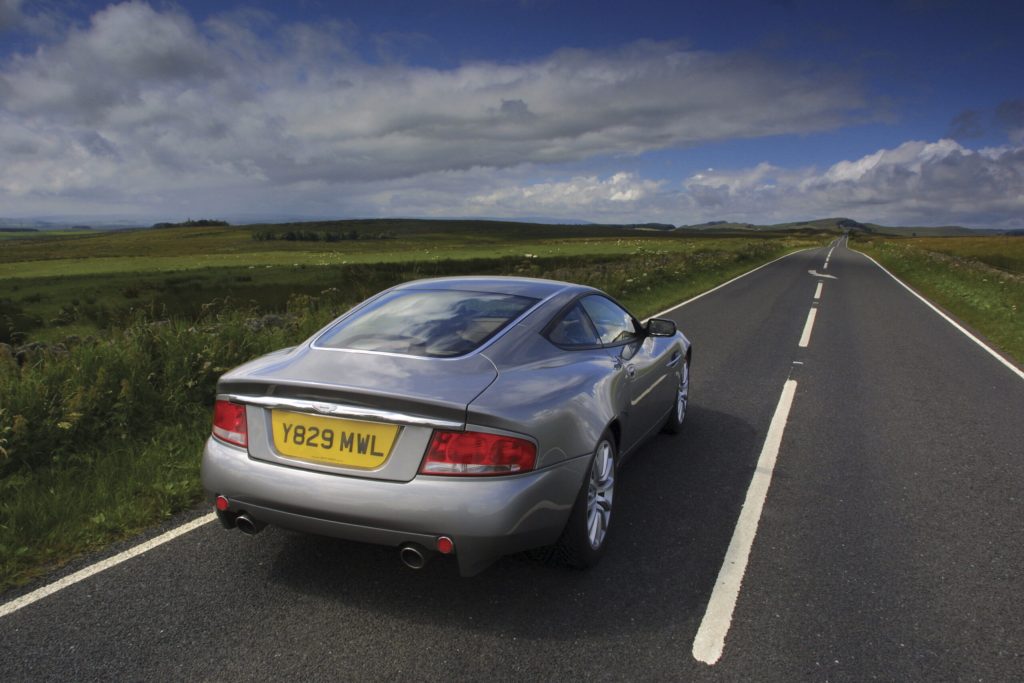
The following morning, after a quick briefing, we set off. As I wrote in The Daily Telegraph at the time: “The V12 seems so much more than a conglomeration of whirring, bobbing bits of metal; it’s more like a living thing. Warming her up outside the Scottish hotel of the launch, you can feel the heat build-up though the bulkhead as the engine gains temperature and the stainless-steel composite chimneys jet the exhaust heat through the bonnet vents, making the view of the magnificent Pentland hills shimmer.”
On the road the performance was unworldly, the engine note was stentorian and rich, and the Italian gearbox made speedy changes using the steering-wheel paddles. Sure, it felt a bit too soft at the front as you turned into a corner, but you could lean on those tyres in a way that felt dependable and trustworthy. The cabin had its foibles (a cassette player, can you believe it?), and the rear seats were really a shopping shelf, but the boot would take a couple of aircraft carry-ons, and this was a grand tourer in the best sense.
Meanwhile, back on my Scottish moor, I pulled the right-hand pedal to engage first and floored the throttle. The engine yowled as the clutch engaged and the rear tyres started to spin. Then I smelt a whiff of clutch and came off the throttle, fast. Within seconds, the cabin was filled with acrid clutch smoke, which also poured from the engine chimneys.

Even after leaving the car for 20 minutes to allow the friction linings to cool, we had to very gingerly drive the 60 miles to the end of the route.
Nor were we alone. Several journalists experienced similar spinning clutches. One even had the centre plate give way and make a bid for freedom through the bell housing. Chief engineer Ian Minards later explained that the Vanquish’s clutch-less gearchange “is no substitute for the human brain and the seat of the pants feel.” He said that there was a knack to getting the car off the line for 0–60mph times, which involved pressing the throttle slowly at first while the software fully engaged the clutch, then flooring it and allowing the engine torque to spin the wheels.
New instructions were issued to journalists on later dates of the launch, and a software fix was quickly instituted. In the meantime, the press office started to counterbrief against journalists who’d experienced problems, which hurt a bit. By the end of the launch, Aston’s engineers had gotten a clutch replacement down to 2.5 hours, which is half the workshop recommendation.
In the end, the issue got sorted, although later that year, Richard Parry-Jones, Ford’s chief engineer and a man who had driven the Vanquish during its development, growled that “there was nothing wrong with the Vanquish that a good manual gearbox wouldn’t have solved.”
Even today, you have to learn how to drive a Vanquish, but despite its birth pangs, it certainly looked cool. And man, did that car go – not much could keep with it. In publicity terms, it was off the hook. It was the toast of screen (James Bond’s 2002 Die Another Day and the 2003 remake of The Italian Job), music videos, and video games. It was namechecked in Lil‘ Kim’s Lighters Up and The Pussycat Dolls’ Don’t Cha and could be seen parked outside various training grounds of the Premiership as well as the sauciest nightclubs.
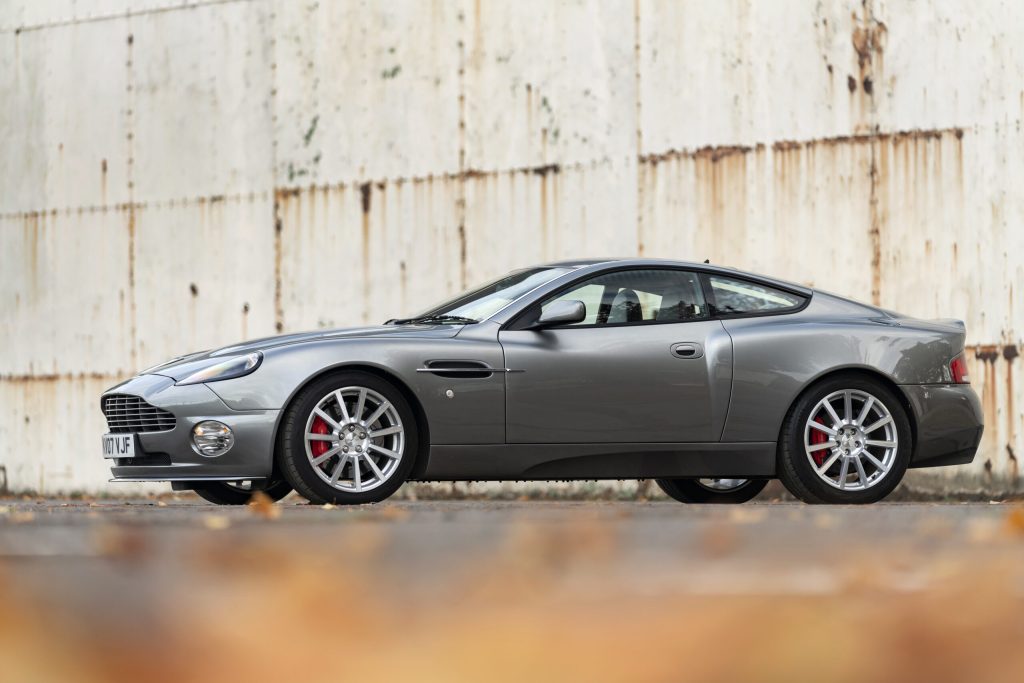
The original Vanquish and its follow-up sister, the 2004 S, sold a total of 2578 examples, which is the big time for a little company like Aston Martin.
“It was the right car at the right time,” recalled Watson. “A reflection of what Aston needed to do to become a modern successful company.
“And it gave Ford the confidence to put more money into the company to start the VH programme, the DB9, to build a new headquarters, move everything out, and retrain the staff. When I look back, it was a huge undertaking, it was immense.”
It was indeed, and when I drive the new Vanquish this autumn I’ll be thinking of old friends like Tim and Uli Bez and Ian Minards, and I’ll remember that lonely Scottish road.




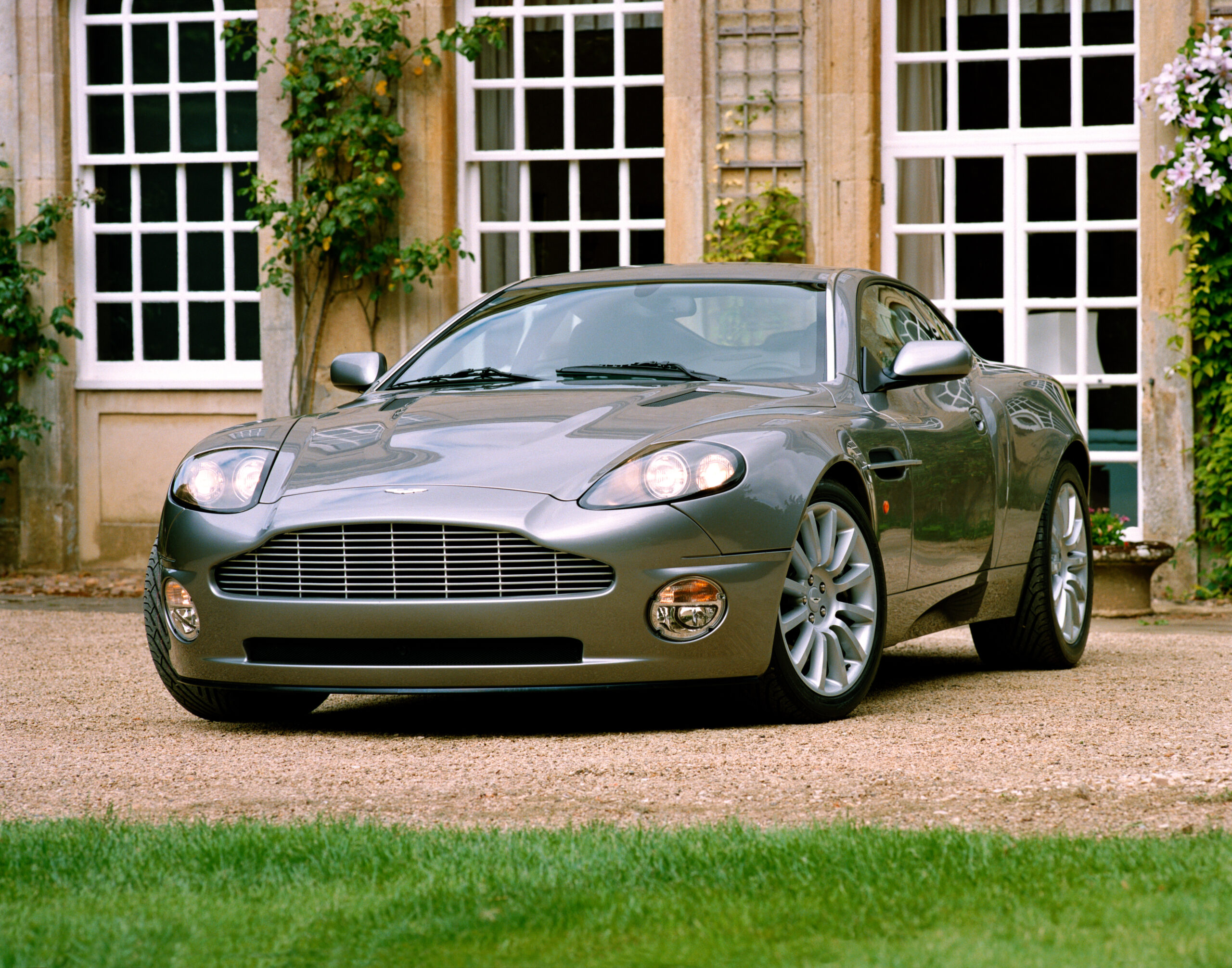
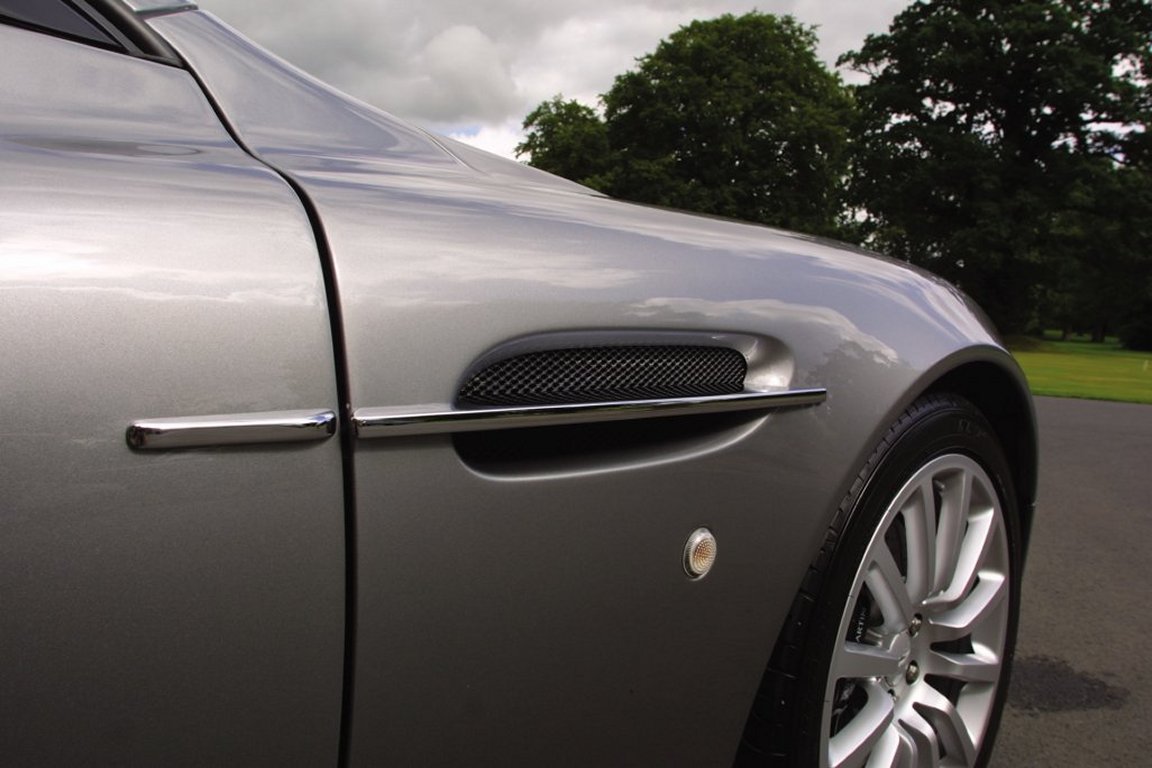

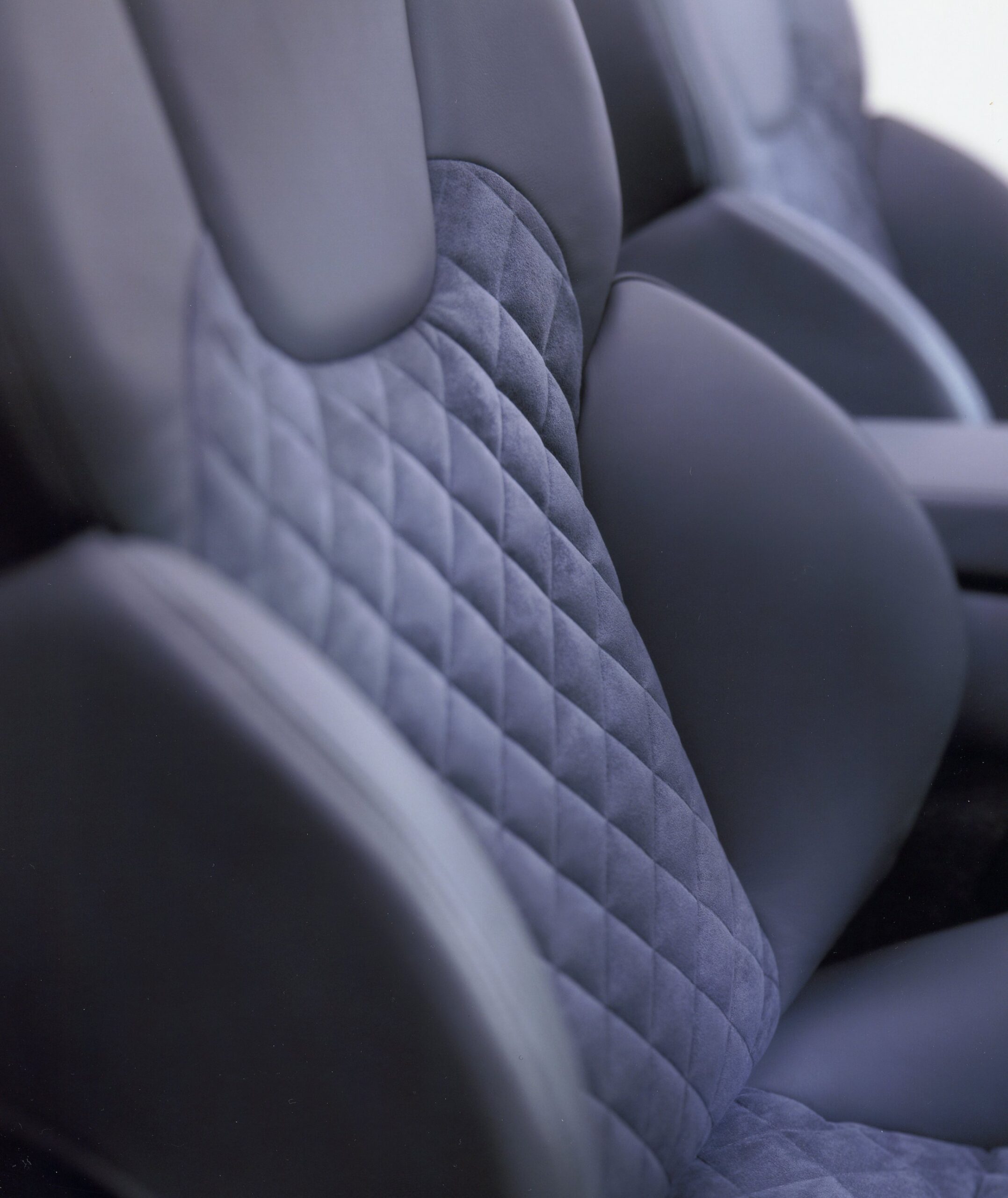
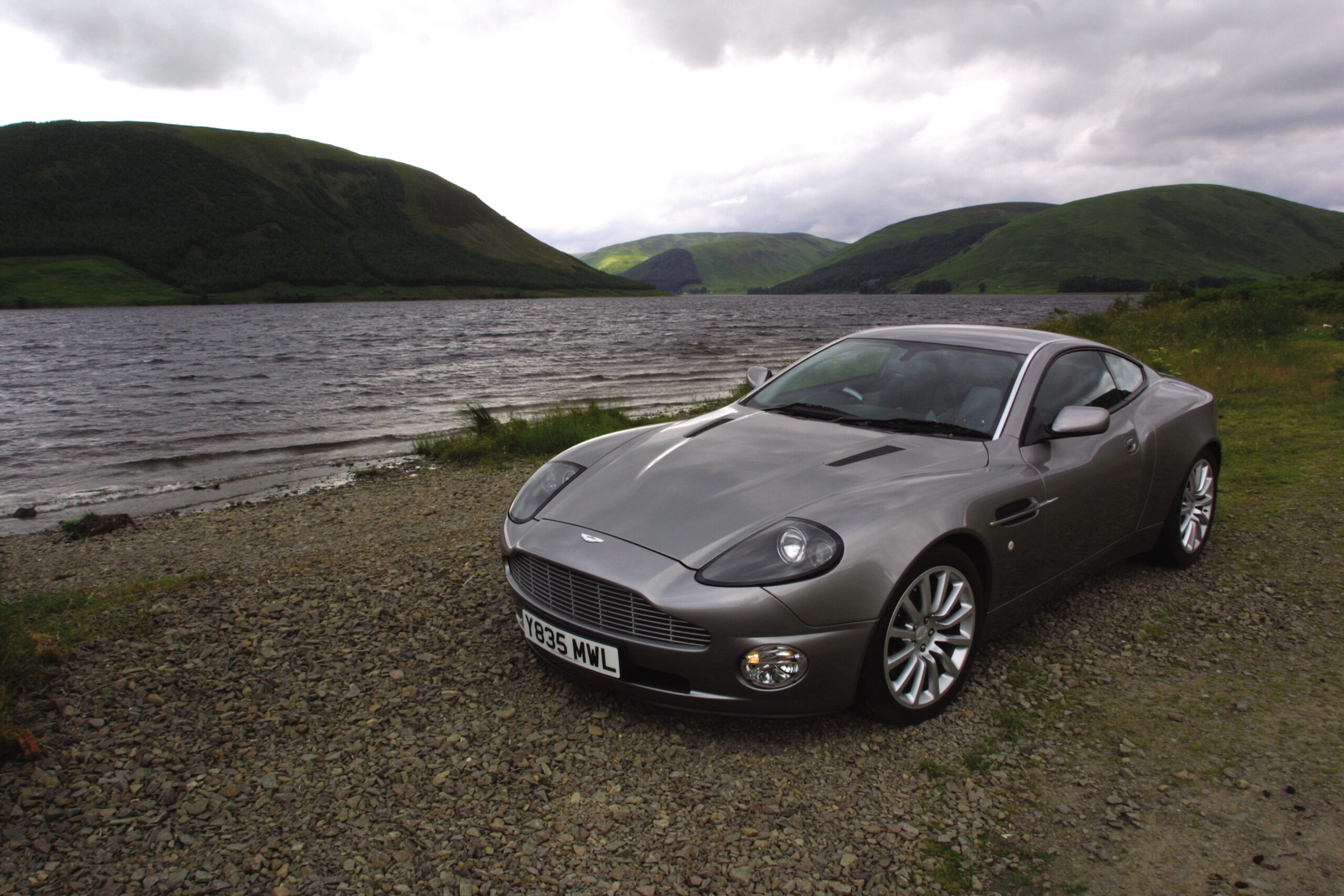






Lovely story. Best looking Aston ever
I thought Bob Dover was responsible getting Vanquish started – Uli came in when it was quite far down development .
He was indeed. The story has been updated to reflect that. Thanks for the keen eye.
I bought the concept (plus VAT!) and brought it back to life after it was torn apart at lotus to productionise it into the vanquish. It is now in rude health 😉👍
George, is that you. DT, Slough, 1983, 84?
Oxfordshire registration on that car.
Dear George. Many thanks for the post. I’m not even going to ask what that cost to do! All the best Andrew